40 Authentic Austrian Alcoholic Drinks to Discover Today
Austrian alcoholic drinks boast a rich cultural heritage that reflects the country's deep-rooted traditions and passionate culinary craftsmanship.
Generations of skilled artisans have perfected recipes passed down through family lines, creating unique beverages that tell stories of regional landscapes and historical influences.
Each drink carries a distinctive character, representing specific local traditions and brewing techniques that set them apart from global counterparts.
Innovative distillation methods and carefully selected ingredients contribute to the extraordinary complexity of these spirited creations.
Local communities take immense pride in their brewing and distilling skills, transforming simple ingredients into extraordinary libations that capture Austria's essence.
Robust flavors, intricate production processes, and time-honored techniques make these drinks more than mere beverages - they are liquid representations of Austrian cultural identity.
These carefully crafted spirits showcase the nation's commitment to quality and precision: Read about the 24 famous Austrian alcoholic drinks:
Which Austrian Alcoholic Beverage Types Are Most Unique?
Austria’s drink scene offers a range of choices, crisp white wines, herbal liqueurs, and fruity schnapps. Learn about the types that define local flavor and hospitality.
Gluhwein
Glühwein sparks winter warmth across Germanic regions as a beloved hot spiced wine beverage cherished during cold seasons.
German Christmas markets showcase this traditional drink featuring rich red wine blended with aromatic spices like cinnamon, anise, and cloves.
Citrus zest adds brightness to the warming mixture, which is gently heated without boiling to preserve flavor complexity.
Austrian and Swiss alpine regions particularly embrace this comforting drink as a post-skiing treat.
Commercial bottled versions emerged in Augsburg during the 1950s, making preparation easier for festive gatherings.
Sweetness levels vary according to personal preference, allowing drinkers to customize their experience.
Serving temperatures remain warm but never scalding, ensuring maximum enjoyment of this classic winter beverage.
Gruner Veltliner
Gruner Veltliner wines emerge from Austria's vineyards as crisp, versatile white wines with distinctive green pepper and lime notes.
Austrian winemakers produce this refreshing varietal across significant wine regions, extending slightly into Slovakia and Czech Republic.
German origins trace the name to Valtellina valley in northern Italy, suggesting centuries of winemaking heritage.
Roman historical connections hint at ancient wine production techniques.
Dry and delicate, these wines complement numerous dishes with their sharp flavor profile.
Sommelier recommendations emphasize drinking Gruner Veltliner within two years of bottling for optimal taste.
Restaurant wine lists frequently feature this distinctive white wine for its food-friendly characteristics.
Wine enthusiasts prize Gruner Veltliner for its unique flavor complexity and regional authenticity.
Spritzer
Spritzers are a crisp, effervescent Austrian-born beverage combining white wine and club soda for maximum refreshment.
German immigrants popularized this drink in the 19th century as a clever method to make wine lighter and more thirst-quenching.
Wine enthusiasts typically mix three parts white wine with one part club soda in a tall glass, creating a sparkling summer favorite.
Bartenders often garnish the drink with a citrus slice or fresh herbs for added complexity.
Traditional recipes recommend chilled dry white wines like Riesling or Grüner Veltliner for optimal taste.
Austrian origins trace back to social gatherings where guests wanted a less intense wine experience.
German word "spritzen" describes the drink's signature spray or splash when mixing ingredients.
Summer temperatures make spritzers an ideal refreshment for outdoor socializing.
Zweigelt
Zweigelt wines blend Austrian winemaking innovation with vibrant berry flavors, emerging from a 1922 grape cross between Blaufrankisch and St.
Laurent.
Winemakers craft these lively red wines with bright acidity and complex red berry profiles that dance with subtle spicy and peppery undertones.
Versatile and food-friendly, Zweigelt pairs beautifully with grilled meats, white proteins, and seafood dishes featuring tomato sauces.
Aged or young varieties offer different tasting experiences, ranging from light and fresh to more complex expressions.
Plantings across Austria have made Zweigelt the country's most prevalent red grape variety.
Skilled vintners often incorporate this grape into blended wines, highlighting its adaptable nature.
Wineries carefully nurture these grapes to extract maximum flavor potential.
Austria's wine regions showcase Zweigelt's remarkable capacity to express terroir through its aromatic and flavorful characteristics.
Blaufrankisch
Blaufrankisch wines burst with spicy red and dark berry flavors from Austria's Burgenland region, representing a distinctive late-ripening grape variety with complex character.
Winemakers craft medium-bodied vintages showcasing refreshing acidity and balanced tannins that complement diverse dishes like roasted white meat, beef, and game.
Austrian vineyards have long cultivated this unique grape, which remains mysterious in its exact genetic origins.
Sommeliers recognize Blaufrankisch for its versatile pairing potential with mushroom-based recipes and tomato sauces.
Wineries across Burgenland specialize in producing these expressive red wines with nuanced flavor profiles.
Each bottle reflects the regional terroir and grape's inherent spiciness.
International wine enthusiasts increasingly seek these distinctive Austrian vintages.
Moderate alcohol levels and smooth tannin structures make Blaufrankisch an approachable yet sophisticated wine selection.
Marillenschnaps
Marillenschnaps is a potent Austrian apricot brandy distilled from ripe, fresh apricots with a pure, clear spirit that captures the essence of Wachau's fruit-growing landscape.
Double-distillation ensures a premium quality brandy with intense fruit characteristics and complex aromatic notes.
Austrian distillers carefully select premium apricots to create this traditional spirit with robust flavor profiles.
Wachau region remains the primary production area for this exceptional brandy.
High-quality variants typically contain 40% alcohol by volume and showcase delicate floral and fruity undertones.
Skilled artisan distillers transform fresh apricot mash into a smooth, refined spirit through meticulous production techniques.
German regions also produce similar apricot brandies with comparable quality standards.
Marillenschnaps serves as a classic digestif enjoyed throughout Central European countries.
Fiaker
Fiaker represents a luxurious Viennese coffee specialty blending rich espresso with warming alcohol and smooth cream.
Originating from Vienna's traditional horse-drawn coach drivers, this beverage combines strong espresso with sweetened liquor like kirschwasser or rum.
Bartenders carefully prepare the drink by first brewing a robust espresso and adding a splash of fruit brandy.
Whipped cream crowns the dark coffee, creating a decadent visual and flavor contrast.
Skilled servers sometimes garnish the drink with preserved cherries or dust it with cocoa powder.
Vienna's coffee culture embraces this warming beverage as a classic winter comfort.
Each sip offers a complex blend of coffee's intensity and liquor's smooth warmth.
Fiaker reflects Austria's sophisticated approach to coffee preparation and social drinking.
Zirbenlikor
Zirbenlikor is a distinctive Austrian pine liqueur crafted from green Arolla Stone Pine cones harvested during summer in Alpine regions.
Mountain distillers slice the fresh cones and macerate them in grain spirit, creating a unique reddish-hued beverage with complex flavor profiles.
Pine notes dominate the smooth liquid, delivering a warming sensation perfect for cold mountain evenings.
Floral undertones complement its signature pine essence, making it popular among winter sports enthusiasts.
Austrians traditionally enjoy this spirit straight as an après-ski drink.
Creative bartenders also incorporate Zirbenlikor into innovative cocktails and long drinks.
Its fresh and aromatic character reflects the pristine Alpine landscape.
Regional distillation techniques preserve the pure, natural essence of mountain pine in every sip.
Vienna Lager
Vienna-style lager revolutionized brewing techniques by introducing pale malt through Anton Dreher's innovative 1841 experiment, blending British malting methods with lager yeasts to create a distinctive reddish-copper brew.
German brewers quickly adopted this groundbreaking technique, producing a crisp beer with toasty, bready malt characteristics.
Medium to light-bodied, the lager offers a smooth drinking experience with subtle hop bitterness and a dry finish.
Its creamy texture and balanced flavor profile set it apart from previous beer styles.
Dreher's original Vienna-type lager sparked a brewing transformation across Europe.
Despite near extinction after World War I, the style survived through passionate brewing communities.
International craft brewers now celebrate and reproduce this historic beer.
Microbreweries continue to experiment with and refine the original Vienna lager recipe.
Jagertee
Jagertee represents a robust Austrian winter beverage blending rum, black tea, and warming spices like cinnamon and cloves into a comforting hot drink.
Austrian hunters originally crafted this warming mixture using domestic rum with artificial Caribbean rum flavors.
Winter celebrations often feature this traditional spirit, which combines multiple alcohol types including fruit brandies and citrus zest.
Home preparation remains popular, with commercial versions and pre-mixed spice packets widely available.
Rum serves as the primary alcohol base, complemented by black tea's rich depth.
Cinnamon and clove provide intense seasonal warmth to the mixture.
Citrus fruits add bright, tangy undertones to balance the strong spirits.
Winter festivities across Austria showcase this beloved warming beverage as a cherished cold-weather companion.
Gluhmost
Gluhmost is a warming Czech winter beverage crafted from spiced apple cider that transforms traditional mulled wine into a fragrant non-alcoholic delight.
Czech families brew this comforting drink by gently heating fresh apple cider with zesty citrus juices and aromatic spices like cinnamon and cloves.
Seasonal markets and holiday gatherings frequently feature this steaming beverage that warms cold hands and spirits.
Orange and lemon juices add bright complexity to the base apple cider.
Ginger provides an extra layer of warmth and depth to the spice blend.
Served hot in ceramic mugs, Gluhmost creates an inviting atmosphere of winter comfort.
Each sip offers a rich blend of sweet and spicy flavors.
German and Czech regions particularly cherish this festive winter beverage.
Kaisermelange
Kaisermelange blends a bold espresso with a raw egg yolk, creating a unique Austrian coffee drink that originated in Vienna's historic cafes.
Vienna's coffee culture birthed this extraordinary beverage by combining rich espresso with creamy egg yolk for a luxurious texture.
Brandy or rum often enhances the complex flavor profile, adding depth and warmth to the coffee experience.
Classic Kaisermelange represents a decadent twist on standard espresso preparations.
Austrian coffee traditions highlight this drink as an innovative blend of coffee and simple ingredients.
Sophisticated yet straightforward, the beverage remains a testament to Vienna's culinary creativity.
European coffee enthusiasts continue to enjoy this distinctive morning or afternoon beverage.
Mostviertler Birnmost
Mostviertler Birnmost sparks Austrian fermentation tradition through a unique perry crafted from specialized pear varieties dating back to medieval times.
Austrian farmers transform astringent pears into a clear, golden-yellow liquid through careful cask fermentation techniques originating in 1240.
Specialized perry pears unsuitable for direct eating become a remarkable beverage through meticulous processing.
Fermentation removes harsh phenolic qualities, creating a pure and fruity drink.
Extensive orchard networks provide the fundamental ingredients for this regional specialty.
Production methods involve pressing fermented pear juice with traditional techniques.
Reddish yellow to greenish tones characterize different perry varieties.
Sophisticated brewing processes elevate these challenging pear varieties into a sophisticated regional beverage.
Uhudler
Uhudler is a distinctive Austrian wine born from hybrid grape varieties that emerged as a resilient solution to the devastating phylloxera outbreak in European vineyards during the 19th century.
Originating in Burgenland, this unique wine combines European and American grape species to create an innovative beverage with an intriguing history.
Restricted and controversial for decades, Uhudler gained legal approval in the early 1990s for production in eight specific Burgenland communities.
Winemakers craft this wine in red, white, rose, and frizzante styles, offering diverse drinking experiences.
Scientists confirmed the wine's safety after initial methanol concerns, dispelling earlier regulatory challenges.
European winemaking traditions influenced its development, making Uhudler a testament to agricultural adaptation.
Hybrid grape breeding techniques enabled this wine's creation, showcasing agricultural innovation.
Burgenland's winemaking culture continues to celebrate this distinctive regional specialty.
Gemischter Satz
Gemischter Satz is a distinctive Austrian wine blending multiple grape varieties grown, harvested, and fermented together in a single vineyard, creating a complex and nuanced drinking experience.
Originating in Vienna's wine region, this traditional method emerged as a risk management strategy for farmers protecting against potential crop failures.
Winemakers intermingle grapes like Gruner Veltliner, Riesling, Pinot Blanc, Traminer, Rotgipfler, and Zierfandler within the same plot.
Co-harvesting and co-fermenting these grapes allows their unique characteristics to naturally merge, producing a wine with layered flavors and textures.
Unlike modern single-varietal approaches, Gemischter Satz represents a historic winemaking technique that celebrates grape diversity.
Austria officially recognized this wine style with a DAC designation in 2013, highlighting its cultural significance.
Each bottle tells a story of agricultural tradition and innovative winemaking.
Rotgipfler
Rotgipfler are rare Austrian white wines crafted from a unique grape variety indigenous to Thermenregion.
Naturally crossing Traminer and Roter Veltliner, this pale-skinned grape produces aromatic wines with exceptional complexity.
Discovered in 1837, Rotgipfler thrives in specific regional terroir conditions that maximize its potential.
Winemakers traditionally blended it with Zierfandler, though modern producers now celebrate its standalone qualities.
Its wines showcase vibrant acidity and distinctive fruit profiles featuring peach, pear, melon, and mango notes.
Subtle floral and spicy undertones add elegant complexity to each glass.
Winemakers appreciate its impressive aging potential and distinctive character.
These exceptional white wines represent a true gem in Austrian viticulture.
Zierfandler
Zierfandler represents a rare Austrian grape variety originating in Thermenregion with exceptional winemaking potential.
Native vineyards carefully cultivate this unique late-ripening grape through complex crossbreeding between Roter Veltliner and an unidentified variety potentially linked to Traminer.
Thick-skinned grapes develop distinctive red hues before harvest, earning the alternative name Spatrot.
Winemakers transform these grapes into remarkable dry and off-dry styles featuring bright acidity and complex flavor profiles.
Subtle mineral undertones complement aromatic notes of spices, almonds, and exotic fruits.
Sweet dessert variations often reveal honey-like characteristics that enhance the wine's complexity.
Sophisticated wine enthusiasts appreciate Zierfandler's excellent aging potential.
Regional winemakers consider this grape a premium varietal with significant Austrian wine heritage.
Cafe Maria Theresia
Wiener Mokka is a luxurious Austrian coffee cocktail combining rich espresso with zesty orange liqueur like Grand Marnier or Cointreau.
Viennese coffee houses popularized this sophisticated beverage as a classic afternoon indulgence.
Baristas prepare the drink by brewing a strong espresso shot and carefully mixing it with smooth orange liqueur.
Sweet undertones balance the robust coffee's intensity, creating a complex flavor profile.
Skilled servers crown the mixture with fluffy whipped cream, adding elegant texture and visual appeal.
Chocolate shavings or delicate orange rind often garnish the top, enhancing the drink's aromatic complexity.
Coffee enthusiasts savor this potent blend for its sophisticated combination of bitter, sweet, and citrus notes.
Austrian cafés traditionally serve Wiener Mokka as a refined afternoon pick-me-up.
St. Laurent
St.
Laurent wines emerge as elegant medium-bodied red wines descended from Pinot Noir, originating from a disputed French heritage and flourishing in Austrian wine regions like Thermenregion and Burgenland.
These sophisticated wines showcase complex profiles with distinctive floral, herbal, and pronounced cherry aromas.
Winemakers carefully cultivate St.
Laurent grapes across Central European vineyards, particularly in Austria and Germany.
German and Czech Republic plantations contribute significantly to its regional production.
Sophisticated wine enthusiasts appreciate St.
Laurent's well-structured tannin characteristics.
Sommelier recommendations highlight these wines' exceptional pairing potential with mushroom dishes, roasted game birds, and truffles.
Aged St.
Laurent vintages demonstrate remarkable depth and complexity.
Bordeaux historical connections suggest potential French genetic roots for this distinctive grape variety.
Zirbenz
Zirbenzis an intensely aromatic pine-based liqueur crafted in Austrian alpine regions by infusing young red pine cones in neutral spirits.
Mountain distillers carefully select tender pine cones from Arolla Stone Pine trees during specific harvest periods.
Harvested cones create a light pink liquid with remarkable herbal complexity and smooth character.
Subtle sweetness balances the liqueur's natural pine essence and herbal undertones.
Each sip delivers a distinctive dry finish reminiscent of crisp mountain landscapes.
Alcohol content typically ranges between 30-40 percent.
Austrians traditionally enjoy zirbenzis as a digestif or warming winter drink.
Roter Veltliner
Roter Veltliner represents a rare Austrian white grape with misleading nomenclature, producing crisp wines that challenge traditional expectations.
Originating in Lower Austria's wine regions, this distinctive grape creates complex wines ranging from light to full-bodied expressions.
Wine enthusiasts appreciate its unique profile featuring stone fruit, citrus, and tropical fruit characteristics.
Wagram and Weinviertel vineyards specialize in cultivating these distinctive grapes with remarkable precision.
Pinkish grape skins contrast with the wine's bright white appearance, creating an intriguing visual element.
Mature Roter Veltliner wines develop fascinating nutty and almond-like undertones that enhance their complexity.
Sommelier recommendations include pairing these wines with fish dishes, charcuterie, and simple pasta preparations.
Advanced vintages demonstrate excellent aging potential, revealing increasingly sophisticated flavor profiles over time.
Portugieser Blauer
Portugieser is a light-bodied red grape variety prized for its easy-drinking character and minimal complexity.
Originally believed to have emerged in Austria, this grape spread across Central European countries including Germany, Hungary, and Slovenia.
Niederosterreich remains its primary Austrian growing region, producing wines with low acidity and minimal aging potential.
Winemakers appreciate Portugieser for its fruity and floral aromatics with subtle spice undertones.
Young Portugieser wines pair beautifully with lighter dishes like grilled poultry, fish, and fresh salads.
Wineries typically recommend consuming these wines within a few years of production.
Despite its widespread cultivation, the grape's exact geographical origin continues to spark debate among wine historians.
Portugieser's simplicity makes it a refreshing choice for casual wine drinkers seeking an uncomplicated red wine experience.
Neuburger
Neuburger is a distinctive Austrian white grape variety born from a natural cross between Roter Veltliner and Silvaner, primarily grown in Lower Austria and Burgenland.
Wachau vineyards first cultivated this unique grape, which produces pale, full-bodied wines with remarkable complexity.
Vintners create dry, off-dry, and dessert styles from its grapes, each expressing a nuanced flavor profile.
Characteristic notes include delicate floral and spicy undertones that gracefully evolve with aging.
Subtle nutty hints emerge as the wine matures, adding depth to its sensory experience.
Despite declining popularity, Neuburger remains a respected varietal among wine connoisseurs.
Sophisticated wine enthusiasts appreciate its elegant structure and intricate aromatics.
Rare and intriguing, this grape variety continues to represent Austria's rich viticultural heritage.
Ruster Ausbruch
Ruster Ausbruch is a luxurious Austrian sweet wine celebrated for its extraordinary concentration of natural sugars through noble rot, which transforms white grapes into a golden-amber nectar with intense complexity.
Originating in Rust, a small municipality in Burgenland, this exceptional wine develops its unique character when Botrytis cinerea naturally infects and dehydrates grapes, dramatically increasing sugar levels.
Winemakers carefully select and hand-harvest these partially dried grapes to create an exquisite dessert wine with remarkable depth and richness.
Traditional production methods involve selecting only the most perfectly infected grape clusters, ensuring maximum sugar concentration and flavor intensity.
Botrytis cinerea, a beneficial fungus, shrivels grape berries and concentrates their natural sugars, creating an exceptionally sweet and complex wine profile.
Vintners typically use white grape varieties like Welschriesling and Chardonnay to craft this prestigious Austrian wine.
Who Are the Best Austrian Alcoholic Beverage Producers?
Austrian beverage producers blend centuries-old traditions with inventive flair. Meet the distillers, brewers, and winemakers putting Austria on the world map.
Weingut R&A Pfaffl
Weingut R&A Pfaffl represents an innovative Austrian winery nestled in Weinviertel's picturesque landscape.
Roman and Adelheid Pfaffl transformed their modest family farm into a thriving wine enterprise since 1978.
Starting with merely 23 hectares of agricultural land and less than one hectare of vineyards, they dramatically expanded their estate.
Today, their vineyard stretches across more than 100 hectares, with white grape varieties dominating 70% of the cultivated area.
Meticulous management and passionate dedication have driven their remarkable growth.
Generations of agricultural expertise inform their winemaking approach.
Located in Stetten, this family-owned business continues to produce exceptional Austrian wines.
Their commitment to quality and innovation sets them apart in the regional wine industry.
Weingut Keringer
Keringer Winery dominates Austria's northern Burgenland region with exceptional vineyard expertise situated in Monchhof's picturesque Neusiedlersee DAC wine-growing landscape.
Generations of family winemaking traditions deeply root their agricultural commitment to exceptional grape cultivation.
Pannonian Plain's unique microclimate provides optimal growing conditions for premium wine production.
Unique terroir contributes significant character to their wine portfolio.
Burgenland's geographical positioning creates distinctive environmental advantages for viticulture.
Regional wine heritage spans centuries of agricultural knowledge.
Careful vineyard management ensures superior grape quality.
Family dedication transforms each wine into a sophisticated regional expression.
Weinlaubenhof Kracher
Kracher sweet wines emerge from Austria's Burgenland region as extraordinary dessert wines crafted through unique climatic conditions surrounding Lake Neusiedl.
Botrytis cinerea, a noble rot, transforms grapes by concentrating sugars and creating complex flavor profiles during specific warm-humid weather patterns.
Evening fog and consistent temperatures enable precise grape transformation, generating intensely sweet wine varieties like Beerenauslese and Trockenbeerenauslese.
Seewinkel's microclimate provides ideal conditions for developing these exceptional dessert wines.
Winemakers carefully monitor grape development to ensure optimal noble rot progression.
Specific environmental factors contribute to the wine's distinctive character and concentrated sweetness.
Production requires meticulous attention and precise timing during harvest.
Each vintage represents a delicate balance between environmental conditions and winemaking expertise.
Stieglbrauerei Zu Salzburg
Stiegl brewery represents Austria's premier beer-making legacy, rooted in Salzburg since 1492 as a pioneering family-owned establishment.
Brewing exceptional quality beers defines their international reputation for outstanding craftsmanship and innovation.
Premium ingredients and sustainable production methods distinguish their distinctive brewing approach across multiple beer styles.
Lagers, pilsners, and wheat beers showcase their versatile brewing expertise and commitment to traditional techniques.
Seasonal and specialty brews demonstrate their creative spirit and passion for beer development.
Strong domestic and global recognition underscores their significant contribution to Austrian beer culture.
Environmental responsibility remains central to their production philosophy.
Generations of brewing mastery have solidified Stiegl's status as a respected brewing institution.
Weingut Scheiblhofer
Club Batonnage Wines represent a groundbreaking collaboration between Weingut Scheiblhofer and passionate wine experts in Austria, pioneering innovative winemaking techniques that challenge traditional production methods.
Combining bold creativity with meticulous standards, these wines emerge from a shared commitment to authentic terroir and minimal intervention approaches.
Scheiblhofer's vineyards produce exceptional grapes that translate complex regional characteristics into extraordinary vintages.
Minimal processing techniques ensure each wine maintains its authentic flavor profile and natural essence.
Expert winemakers carefully select and nurture grape varieties to highlight Austria's unique agricultural landscape.
Small-batch production allows for precise quality control and experimental techniques.
Each bottle reflects the region's distinctive environmental conditions and generations of viticultural expertise.
Wine enthusiasts discover unexpected depth and nuanced expressions through these unconventional yet sophisticated Austrian wines.
Weingut Brundlmayer
Brundlmayer Winery stands as a legendary Austrian wine estate with deep roots in Kamptal's rich viticultural landscape.
Established in 1581, this multigenerational family business has become synonymous with exceptional Austrian wines.
Willi Brundlmayer has steered the winery since 1980, transforming it into a respected international wine producer.
Located in Langenlois, a picturesque municipality in Lower Austria, the estate cultivates premium grape varieties across its meticulously managed vineyards.
Sustainable farming practices and traditional winemaking techniques define their signature approach.
Grüner Veltliner and Riesling emerge as their most celebrated wine varieties.
Decades of expertise and careful cultivation have earned Brundlmayer global recognition among wine connoisseurs.
Regional terroir and innovative viticulture methods continue to distinguish their world-class wine production.
Weingut Prager
Chardonnay from Alpine Mountain Winery emerges as an exceptional white wine blending traditional craftsmanship with innovative winemaking techniques.
Steep terraced vineyards create ideal growing conditions for these elegant, mineral-driven grapes.
Sunlight exposure intensifies the wine's complex flavor profile and aromatic qualities.
Experienced vintners carefully select and cultivate each grape cluster to ensure superior quality.
Mountain slopes contribute unique geological characteristics that distinguish this chardonnay from other regional wines.
Careful fermentation processes enhance the wine's natural complexity and depth.
Sophisticated wine enthusiasts appreciate its balanced mineral notes and refined structure.
Strategic vineyard management ensures consistent excellence in every vintage.
Weingut Franz Hirtzberger
Weingut Franz Hirtzberger represents a prestigious Austrian winery specializing in premium white wines from Austria's picturesque Wachau region.
Generations of the Hirtzberger family have cultivated exceptional vineyards along the Danube River's steep terraced slopes.
Their commitment to quality begins with meticulous grape selection and traditional winemaking techniques.
Each bottle captures the distinct mineral characteristics of the region's unique terroir.
Riesling and Grüner Veltliner grapes form the core of their renowned wine portfolio.
Careful hand harvesting and precise fermentation methods ensure superior wine quality.
Their wines consistently receive international recognition for outstanding complexity and elegance.
Visitors can experience wine tastings and tour the family's historic winery in Spitz an der Donau.
Weingut F. X. Pichler
Weingut F. X. Pichler wines are exceptional Austrian white wines crafted in the prestigious Wachau region with unparalleled precision and international acclaim.
These wines emerge from Oberloiben's steep terraced vineyards along the Danube River, representing generations of winemaking expertise.
F. X. Pichler specializes in Riesling and Gruner Veltliner grapes cultivated using the distinctive Smaragd style, which ensures maximum ripeness and intense flavor profiles.
Smaragd classification demands strict quality standards, requiring hand-harvested grapes with minimum sugar levels and natural fermentation processes.
Family-operated since the 1970s, the winery has consistently earned top ratings from global wine critics and collectors.
Each bottle reflects the unique microclimates and mineral-rich terroir of Lower Austria's most celebrated wine landscape.
Global wine enthusiasts recognize F. X. Pichler as a benchmark for Austrian white wine excellence.
Gebruder Nittnaus Gols
Brothers Hans Michael and Andreas collaborate seamlessly in their family winery, blending their unique skills to create exceptional wines.
Hans Michael crafts the wine's style and expressiveness in the cellar, while Andreas manages sales and tasting events.
Their partnership thrives on mutual respect and a shared commitment to innovation.
Family tradition forms the backbone of their approach, balancing historic winemaking methods with fresh perspectives.
Together, they embody stability and quality, challenging each other to push boundaries.
Their complementary talents ensure the winery's continued success and growth.
Mutual understanding and professional synergy define their brotherly relationship.
Handshake quality and deep familial bonds drive their shared vision for the vineyard.
Best Austrian Alcoholic Beverages to Toast With
From elegant wines to warming spirits, Austria’s alcoholic beverages are made for toasting. Discover bottles that capture the heart of Alpine hospitality and vibrant city life.
Weingut Keringer Massiv Red Toprotweincuvee
MASSIV RED Toprotweincuvee represents a powerful symphony of carefully selected grape varieties, delivering an intense red wine experience with deep, rich colors and complex flavor profiles.
Dark fruit aromas like blackberries and cherries burst through its sensory landscape, complemented by subtle spice and earthy undertones.
Structured tannins create a full-bodied sensation that glides smoothly across the palate with remarkable depth.
Ripe fruit flavors blend seamlessly with well-integrated acidity, producing a balanced and robust character.
Wine enthusiasts will appreciate its sophisticated complexity and impressive strength.
Mature red meat dishes provide an excellent pairing opportunity for this exceptional beverage.
Aged in premium oak barrels, the wine develops additional nuanced layers of flavor.
Its finish lingers elegantly, inviting another contemplative sip.
Stieglbrauerei Zu Salzburg Sonnenkonig Viii
Golden ale radiates sophisticated complexity through its unique blend of sweet wine undertones and subtle anise notes that distinguish it from traditional malt-heavy beers.
Sophisticated brewing techniques transform this beverage into a sensory experience with remarkable depth and character.
Semi-dry textures emerge gracefully across its profile, delivering nuanced Riesling-like acidity.
Gentle peppery undertones dance through its alcoholic finish, creating intricate flavor dimensions.
Rich golden hues illuminate the liquid's visual appeal.
Delicate opalescent veils wrap around its core, enhancing visual intrigue.
Balanced alcoholic intensity provides persistent aromatic complexity.
Exceptional craftsmanship defines every sip of this extraordinary brew.
Gebruder Nittnaus Gols Beerenauslese Exquisit Rose
Rosé wine radiates elegant complexity with its light red and orange-tinged appearance, delivering an extraordinary sensory experience through its multifaceted flavor profile.
Strawberry and blood orange nuances dance across the nose, complemented by subtle mint-chocolate undertones that intrigue wine enthusiasts.
Delicate sweetness balances perfectly against crisp acidity, creating a sophisticated drinking sensation.
Mediterranean and Provence regions produce some of the most renowned varieties of this refreshing wine style.
Summer gatherings and outdoor dining naturally pair well with rosé's versatile character.
Chilled temperatures enhance its vibrant fruit-forward qualities.
Grape varieties like grenache, syrah, and mourvèdre contribute to its complex structure.
Sophisticated wine lovers appreciate rosé for its refined and approachable nature.
Weinlaubenhof Kracher 2017 Welschriesling Zwischen Den Seen No. 9 Tba
Riesling wines burst with complex sensory experiences, offering crisp fruit-forward profiles that dance across palates.
German vineyards produce these exceptional white wines known for their exceptional versatility and distinctive character.
Aromatic notes of apple and peach highlight its refreshing nature, while subtle herbal undertones add depth to each sip.
Bright acidity balances the wine's intricate flavor spectrum, creating a harmonious drinking experience.
Minerality emerges as a signature element, providing a sophisticated undertone to its fruity foundation.
Regions along Germany's Rhine River cultivate these grapes with meticulous care and centuries of winemaking tradition.
Ideal for pairing with seafood, light meats, and spicy cuisines, Riesling adapts beautifully to diverse culinary contexts.
Wine enthusiasts appreciate its ability to range from bone-dry to lusciously sweet, making it a globally celebrated white wine.
Weingut R&A Pfaffl Pfaffl Gruner Veltliner Weinviertel Dac Reserve Golden
Gruner Veltliner presents an extraordinary Austrian white wine celebrated for its unique peppery and green vegetable characteristics that distinguish it from other global wine varieties.
Warm sandy soils contribute to its luxurious full-bodied complexity, creating a sophisticated drinking experience.
Vintners carefully cultivate these grapes in Austria's premier wine regions, particularly Lower Austria.
Crisp mineral notes complement its signature spicy undertones, making it incredibly versatile with food pairings.
Its green pepper and white pepper flavors stand out among white wine selections.
Dry styles dominate production, though some sweet variants exist.
Sommelier experts consider it an exceptional alternative to traditional white wine choices.
Wine enthusiasts appreciate its distinctive flavor profile and remarkable Austrian wine heritage.
Weingut R&A Pfaffl Pfaffl Gruner Veltliner Weinviertel Dac Reserve Hommage
Pinot noir expresses complex red wine characteristics through elegant grape cultivation and refined winemaking techniques from Burgundy, France.
Regional vineyard traditions carefully select premium grapes with exceptional maturity and balanced flavor profiles.
Sophisticated wine enthusiasts appreciate its deep ruby color and nuanced tasting notes of ripe pineapple and blood orange.
Subtle tobacco and spice undertones emerge gracefully on the palate, reflecting sophisticated fermentation methods.
Wine connoisseurs recognize its superior balance between fruit and earthy elements.
Complex layers reveal themselves with each sip, showcasing exceptional grape quality.
Burgundian winemaking techniques transform simple grapes into extraordinary sensory experiences.
Masterful production ensures each bottle represents generations of viticultural expertise.
What Alcoholic Drinks Are Served at Austrian Christmas Markets?
Austrian Christmas markets are famous for their festive atmosphere and warming alcoholic beverages that help visitors stay cozy during chilly winter nights. Popular drinks include:
Can Austrian Liqueurs Be Used in Dessert or Baking Recipes?
Absolutely! Austrian liqueurs add unique flavors and a touch of elegance to desserts and baked goods:


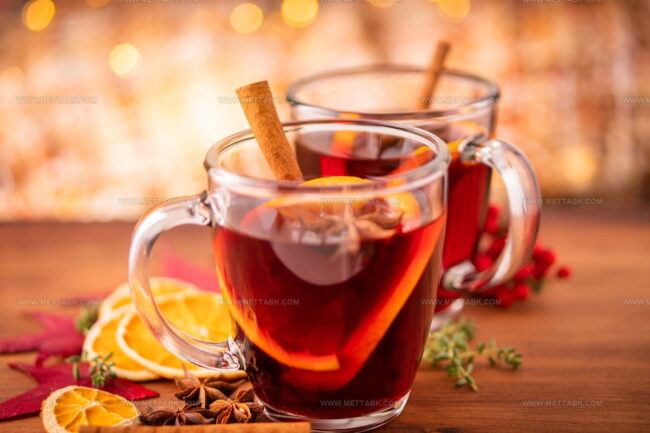
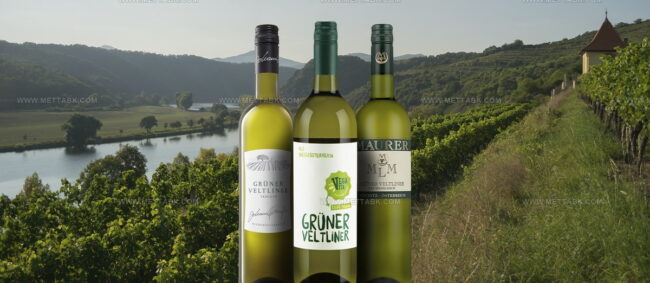
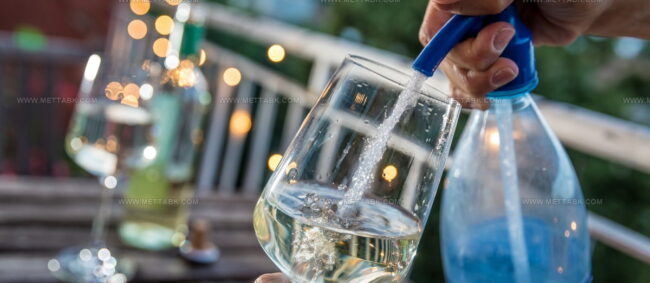
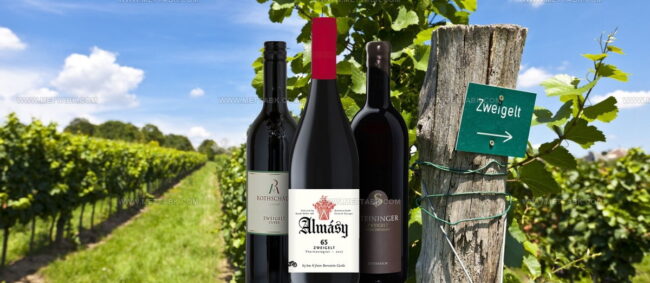
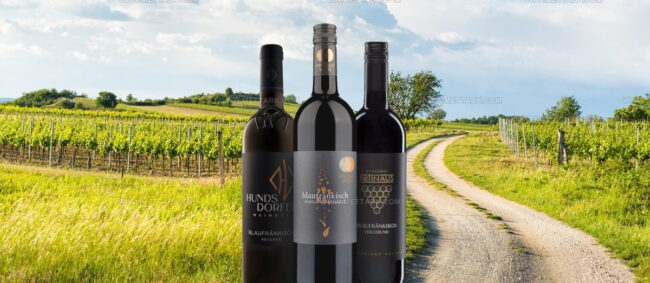

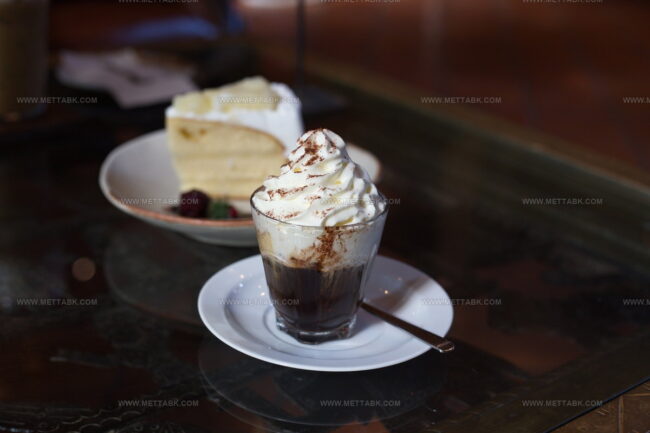

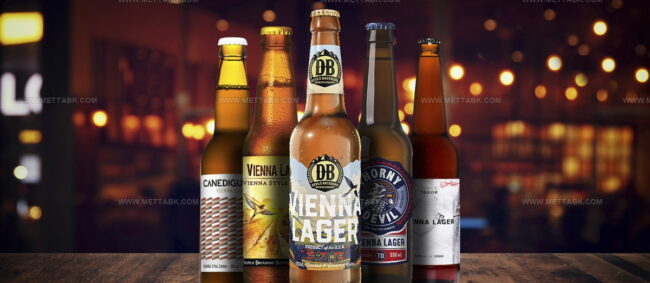

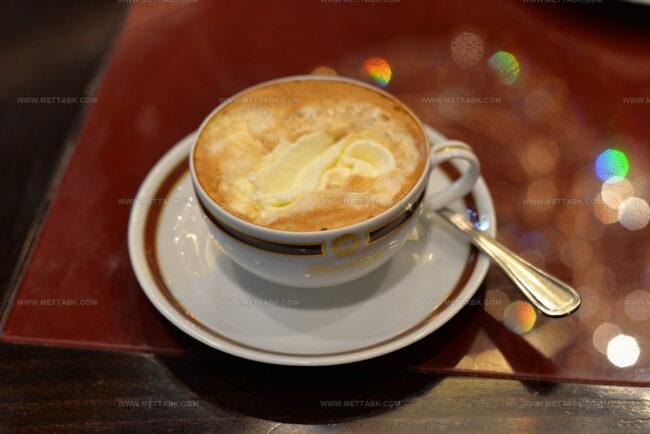
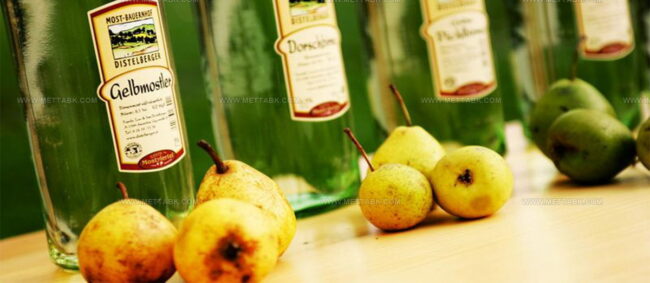
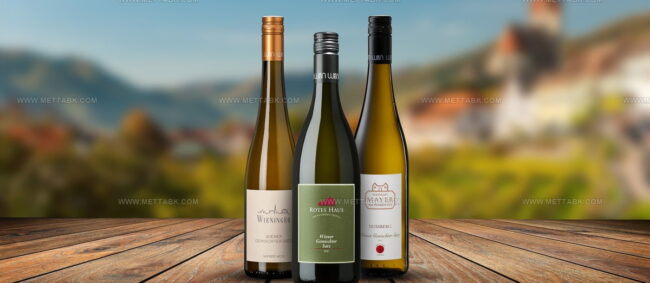
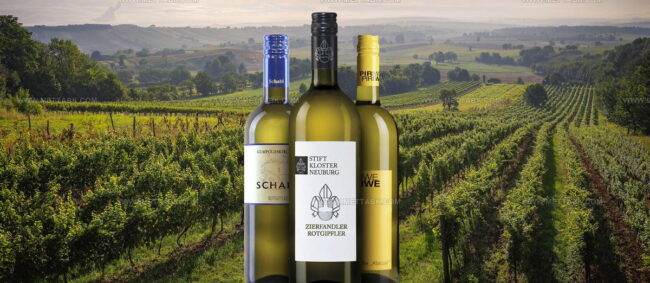
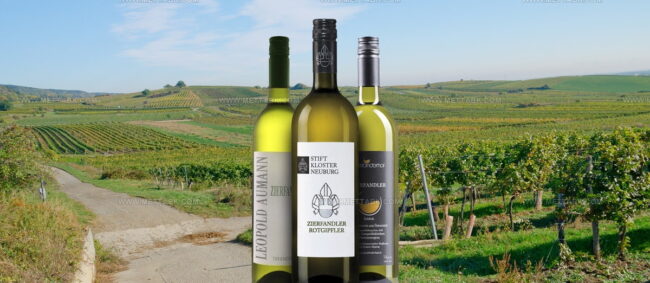
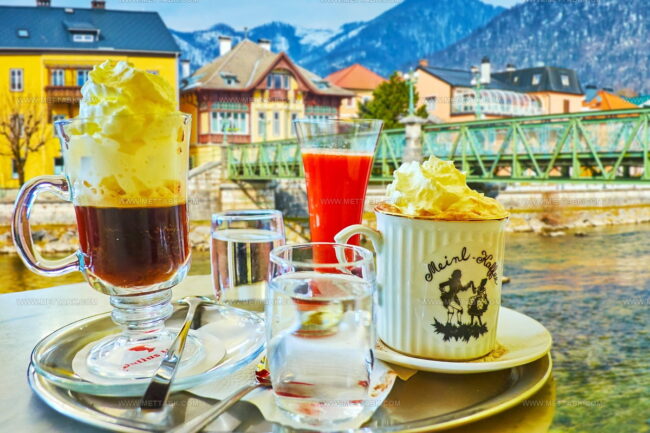
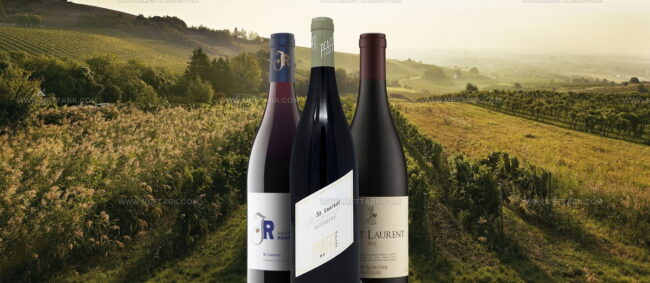
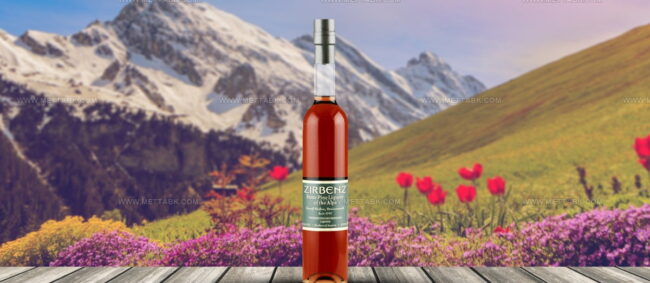
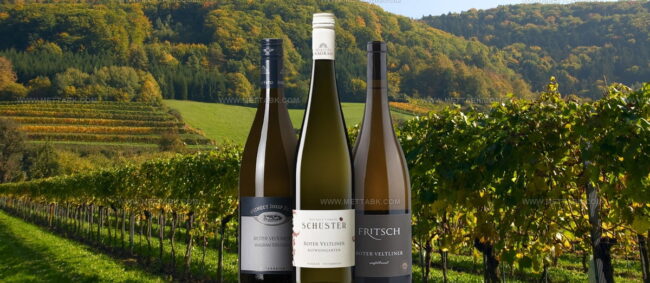
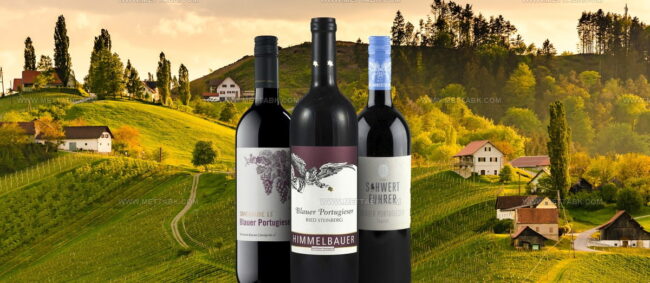
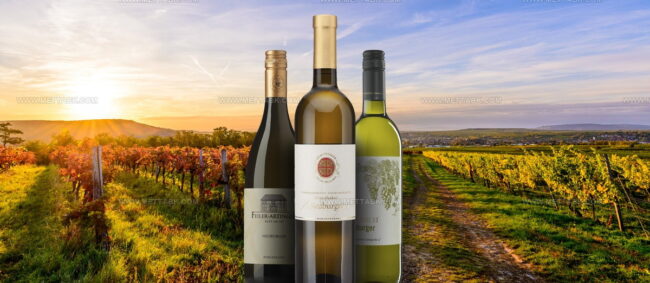
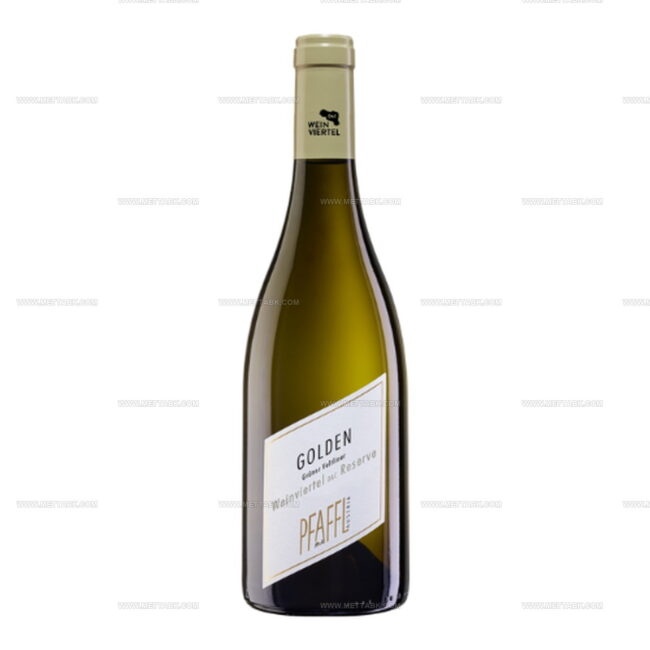
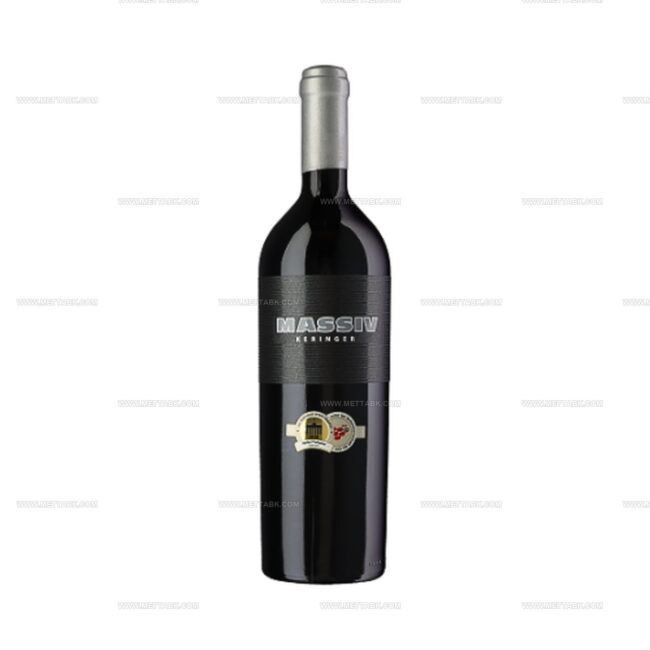
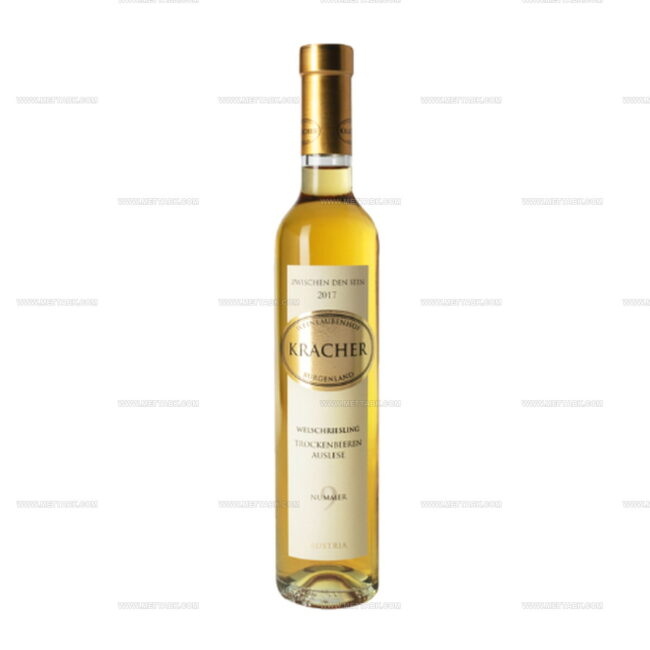
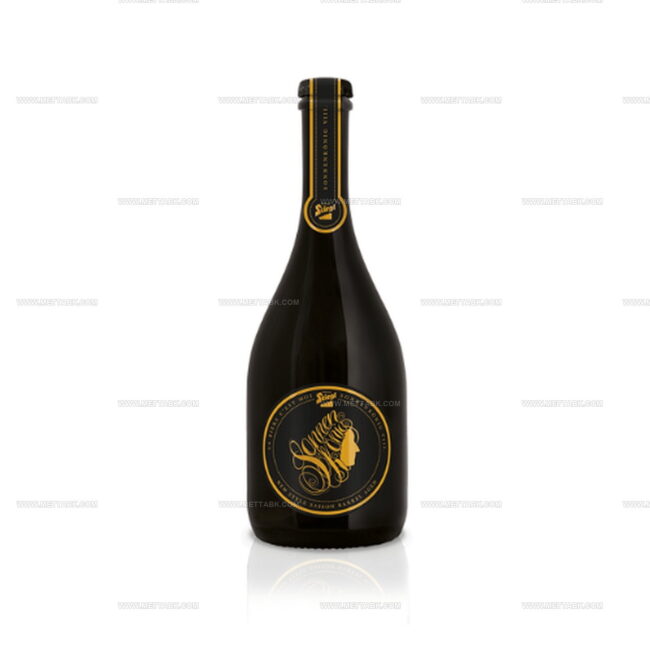

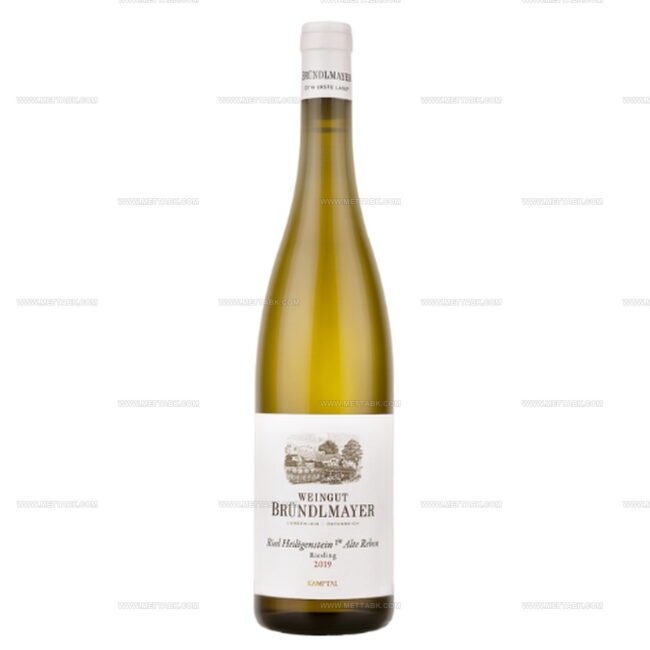
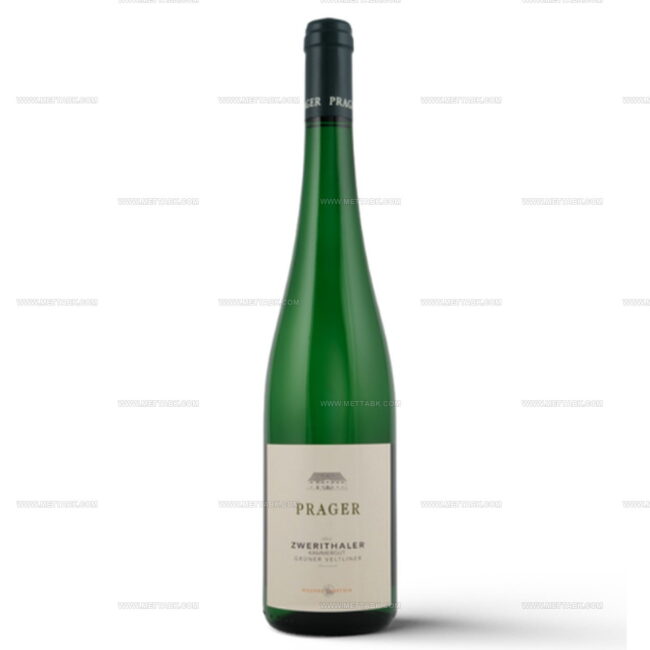
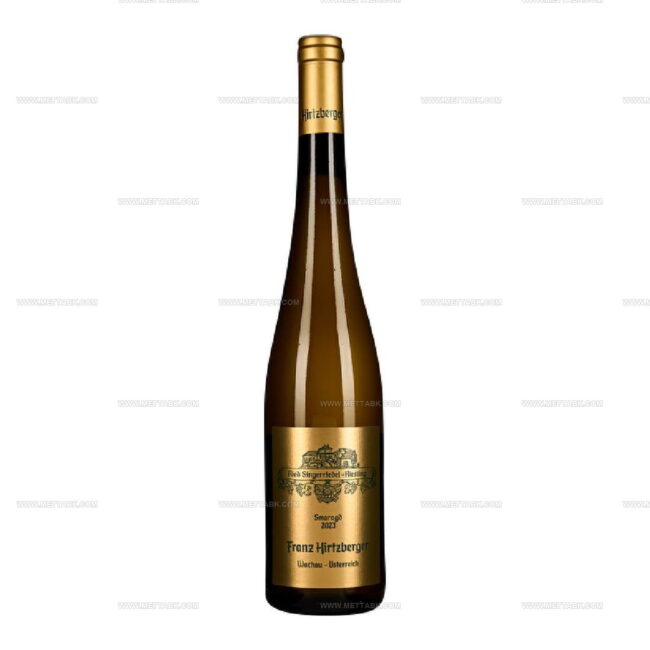
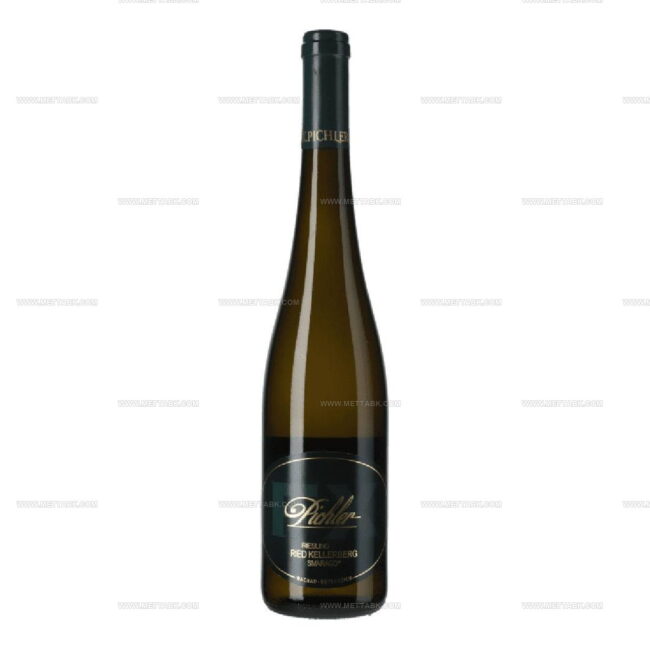
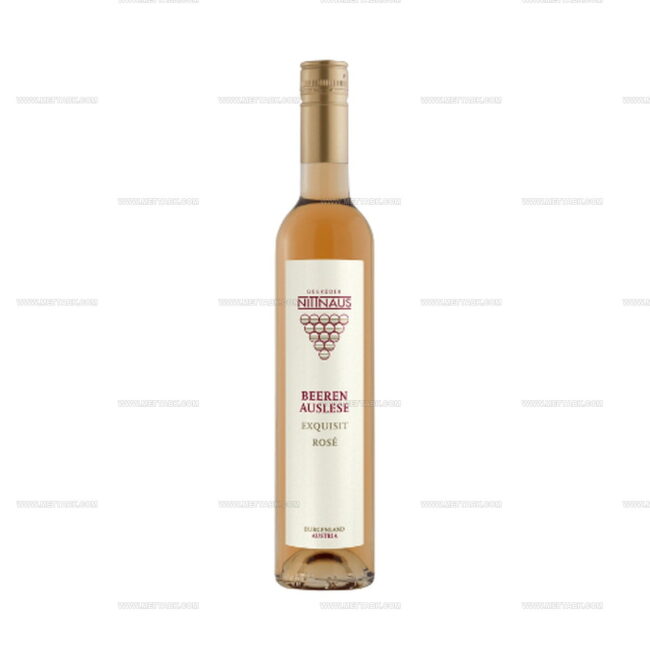
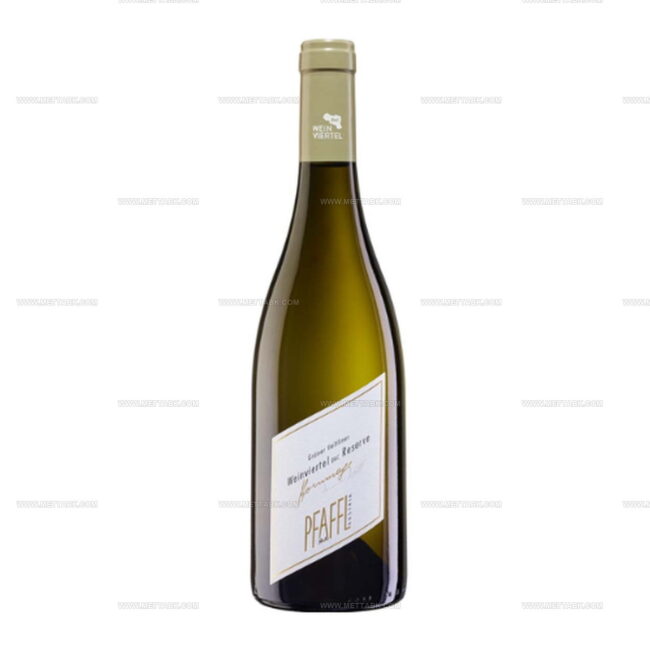
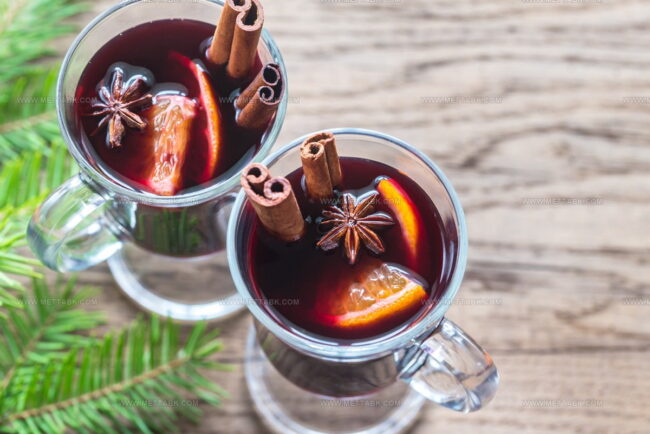
Clara Bennett
Contributing Recipe Developer & Food Writer
Expertise
Baking and Pastry Development, Gluten-Free and Allergy-Friendly Recipe Creation, Culinary Storytelling and Food Journalism, Recipe Testing and Standardization, Southern Comfort Foods and Modern Twists
Education
Sullivan University – National Center for Hospitality Studies
Associate Degree in Culinary Arts
Focus: Baking and Pastry Arts, Recipe Testing, and Culinary Journalism.
Clara specialized in crafting desserts that blend classic Southern comfort with modern techniques, while developing strong writing skills to tell the story behind every dish.
Lane Community College (Certificate Program)
Certificate in Food Writing and Photography
Focus: Culinary storytelling, recipe formatting, food styling, and visual presentation.
Clara’s love of baking started young, powered by homemade pies, biscuits, and stories passed around the family table.
After earning her degree at Sullivan University and a food writing certificate at Lane Community College, she turned her passion into a craft: sharing recipes that are simple, soulful, and always full of heart.
She’s big on bold flavors, flexible ideas, and creating sweets that fit any table (yes, even if you’re gluten-free). When she’s not baking, you’ll find her wandering farmers’ markets, styling food for the next photo shoot, or working on her ever-growing recipe journal.